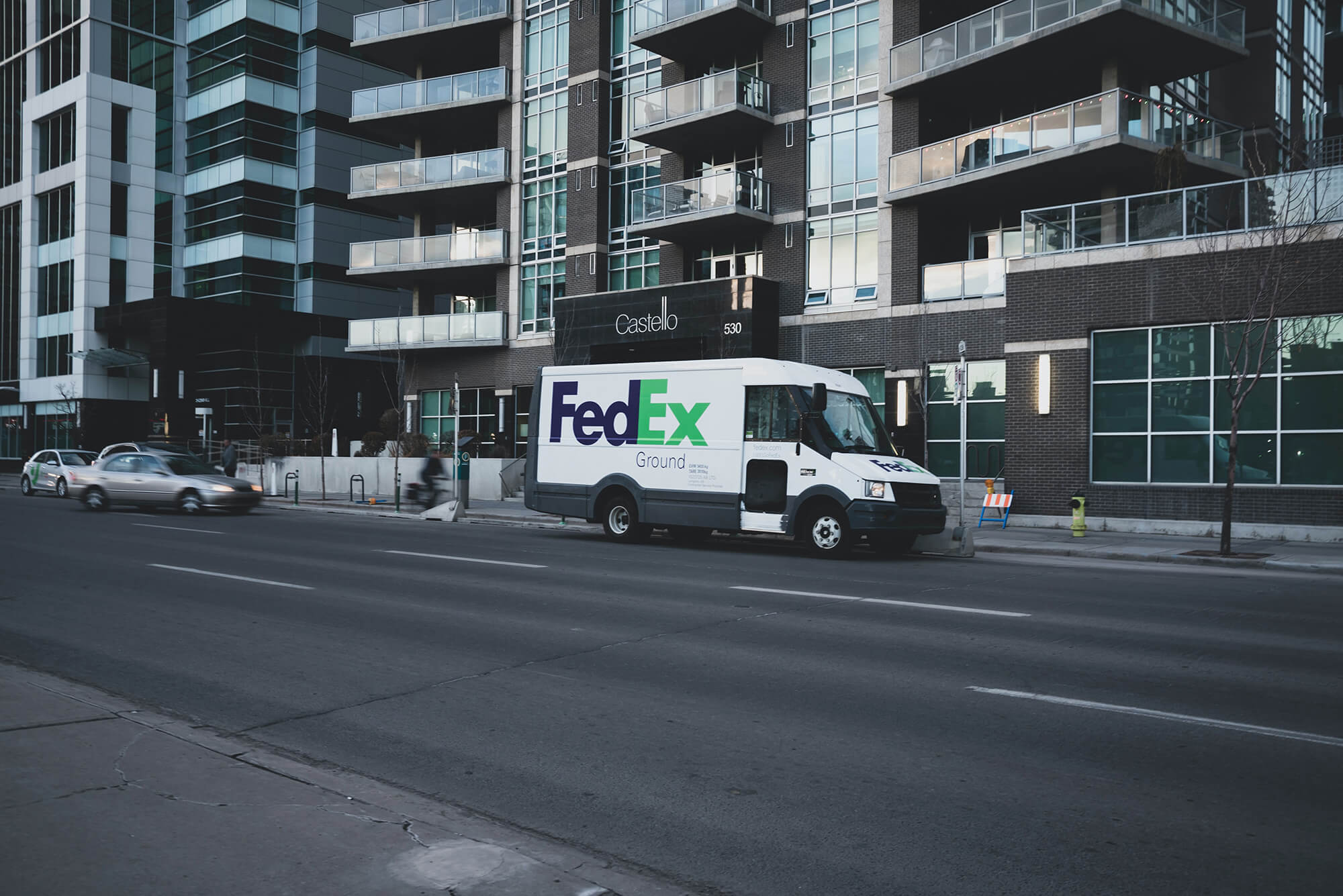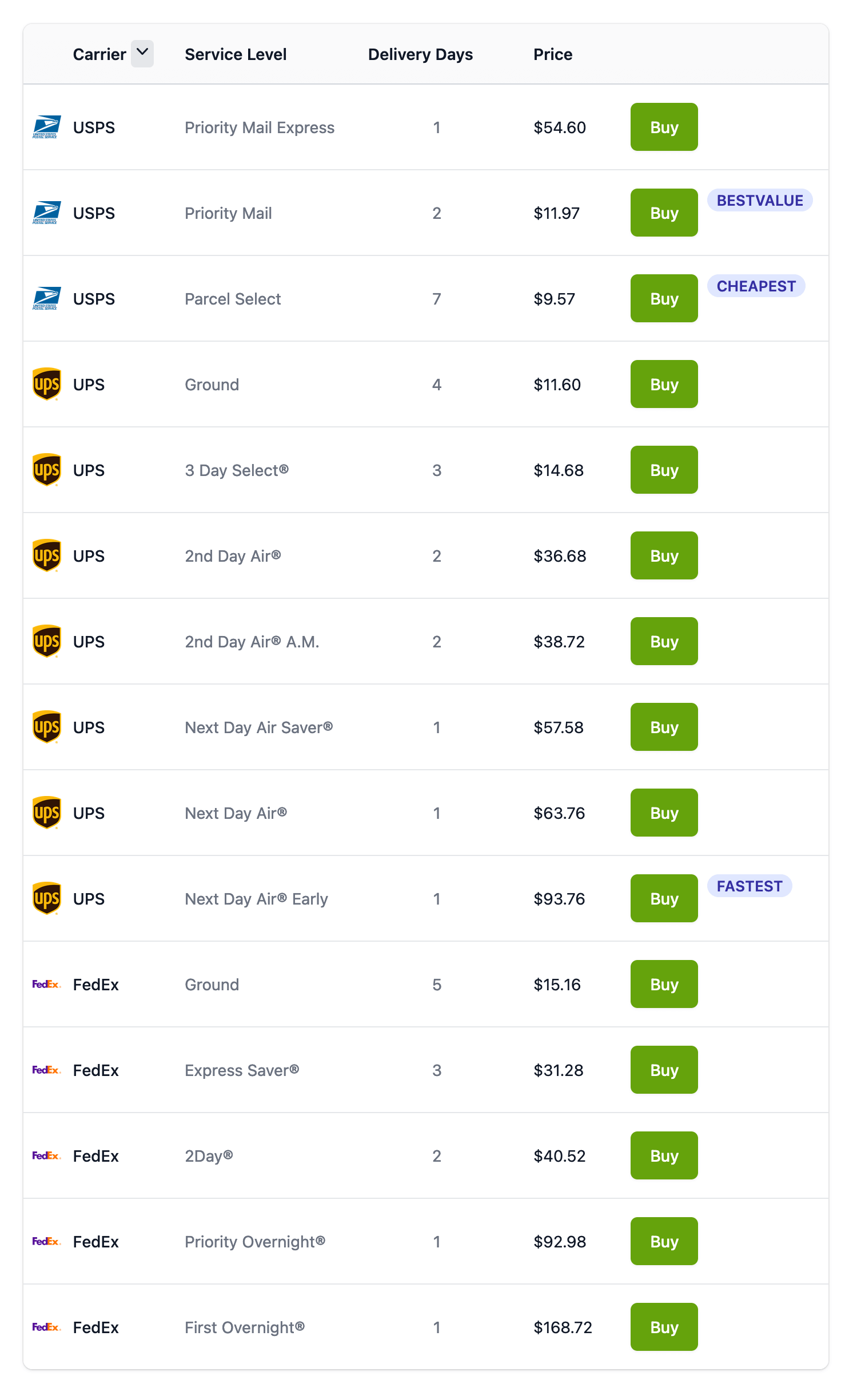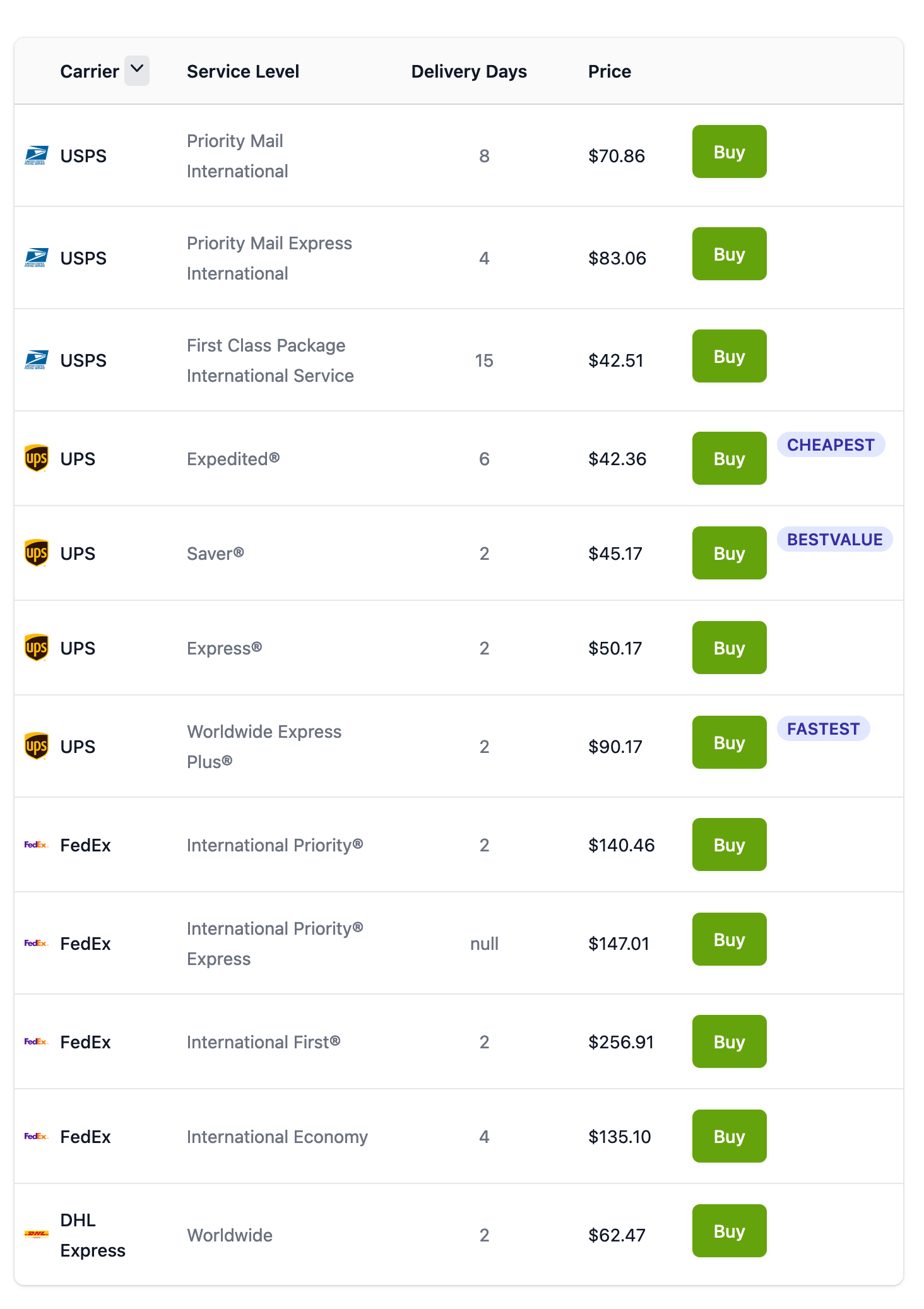
FedEx vs UPS: Which Is Best?
It’s the age old courier question: FedEx vs UPS - which is best? Compared to the governmental program of USPS, these two might almost seem interchangeable. They both offer privatized, quality service and they will undoubtedly get the job done. That being said, humans are creatures of habit, and it’s worth taking a moment to consider the nuances of each before committing to one carrier over the long-term. They both offer a slew of services and in some instances might beat each other out. Understanding their offerings and business models will give you a better grasp of when one might best suit your needs.
FedEx vs UPS Reliability
While both services offer reliable service and speedy delivery options, there are a few key components that come into play.
To start, UPS is committed to delivering your packages with reliability and consideration, every day of the week - save for Saturday. FedEx, alternatively, does deliver on Saturdays, which may impact the speed of executing your delivery. In the argument of UPS vs FedEx reliability, this is a great point for team FedEx.
Taking a closer look at your delivery agents, UPS employees are unionized, while most FedEx employees are not. Theoretically, this puts UPS at a greater risk of going on strike, but it’s important to note this is unlikely. In 100 years, UPS has only gone on strike once. Meanwhile, as FedEx Ground utilizes contractors so there is the potential for less consistent quality of service.
Considering the reliability of delivery speed, UPS and FedEx are very competitive with one another. Speed of delivery will largely depend on location, but you can generally expect to see standard shipping speeds of 3-5 days. Both options will also allow for guaranteed overnight shipping, with an option to select what time of day the shipment will arrive. They continue to ratchet up the intensity by offering same-day shipping options, with your package being able to travel across-country within mere hours.
That being said, you might want to remove the mystery of some of your more general ground packages. We know location comes into play, but how can you get a more accurate read? If you don’t have a tracking number, you can examine a time-in-transit/ground map. These can be generated on UPS and FedEx, respectively. You simply select the zip code you are shipping to or from, as well as if it’s an overnight or ground option, and then voila! A color-coded map will generate with guaranteed delivery deadlines. You’ll see that within the 48 contiguous states, there’s a consistent 1-5 shipping rate, with Hawaii and Alaska being slightly less consistent.
For instance, let’s take a look at a standard residential shipment from Colorado to California. Depending on the day, a UPS shipment could be estimated to take 2 days, while FedEx might take 3. Meanwhile, shipping from San Diego, California to Odessa, Texas could take 4 days with UPS and 3 days with FedEx. As things can vary ever so slightly between carriers, you can save on clicking between pages by referring to the Online Shipping Calculator to get accurate speeds and rates across carriers! Another great perk of the Online Shipping Calculator is that you can calculate your rates at the same time, a feature left ignored by the ground maps.
FedEx vs UPS Business Models
Having a better grasp of the courier business models is another great way to make a determination of what might best suit your needs. A key difference between business models is that FedEx utilizes multiple networks, while UPS functions as a single unit. But what does that look like and what is the significance?
UPS is a hub-and-spoke model, meaning everything is interconnected and they are able to manage all business functions internally. They’re able to better manage operations as there are no unpredictable third-parties, and they are able to share resources amongst business units, making them able to maximize their business efficiency.
Meanwhile, FedEx incorporates multiple networks in their corporate umbrella. This is largely because their operations vary so widely (ground, freight, express), so a single-network doesn’t make as much sense. They do not share as many resources, and that is why you’ll often see different types of trucks, packaging, or branding visuals. For instance, the resources used by FedEx Air vs Ground vary significantly and don’t overlap quite so much.
UPS vs FedEx Rates
As previously mentioned, there’s a lot that goes into determining FedEx vs UPS rates, most particularly location, size, and weight of your parcel. That being said, to give you a general idea, we can use the our shipping calculator to gather some data points. Please note that the Online Shipping Calculator pulls up discount options to get you the best price, so they may not align with the advertised retail rates on the individual websites.
To start, let’s examine a domestic shipment, between major cities, specifically Salt Lake City, Utah, and Pensacola, Florida. We’ll use the example of a medium-sized box, at 3 pounds. There is some argument that UPS has a competitive advantage for larger parcels, so this will give us a neutral ground to work within. We’ll also use a medium-sized parcel, at 13 x 12 x 2”.
We’ll see that the rates favor USPS when using our the discount options, but as we are looking at UPS vs FedEx. You can also see a breakdown of the speed of delivery, which also appear to lean towards UPS ground by a day. We can see that UPS wins out against FedEx with a UPS Ground cost of $11.60. We’ll see that the Online Shipping Calculator gives you a handy breakdown of all the shipping options in one go, including services like FedEx Ground vs Express and UPS Ground vs Next Day.
Let’s take a look at a slightly smaller package, shipped domestically. If you were to ship a 6 x 4 x 4” package at 12 oz, between Sacramento, CA and Boise, ID, we’d see UPS wins out against FedEx on pricing (FedEx: $11.64 Ground, UPS: $7.57 Ground).
By contrast, what about a large package? If we were to ship a 12 x 12 x 10”, at 65 lbs from Richmond, VA to Pittsburgh, PA, we’d award the cheaper rates to UPS, who tends to price better for larger packages. UPS would charge $47.35 for Ground, vs FedEx’s $75.47 Ground rate.
Finally, let’s take an international mindset. Going back to a medium-sized package at 13 x 12 x 2”, and a 3 lb measurement, shipped from Seattle, WA to London, England. FedEx is able to offer the a rate of $135.10 using the FedEx Advantage discount, but UPS has a few more international services available with a lower retail rate of $42.36. Remember, we are using discounted rates available through shipping software like Stamps.com or EasyShip.
If I absolutely had to select a winner for UPS vs FedEx rates, I’d probably skew to UPS. As you can see, in the instances where they win out over FedEx, the advantage is more significant, and they often offer more types of services. This is exacerbated by the discount rates offered by services like Stamps.com. It can work out to a significant difference, and again, the parameters of your package and shipment make all the difference. Prices also change weekly, so you may get different rates depending on when you ship.
Be sure to take a moment to examine your individual expectations, your package specifications, and the online tools available to make the best choice for your shipping needs. If you’d like to further compare couriers, and consider FedEx vs UPS vs USPS, take a look at our article detailing USPS services.

